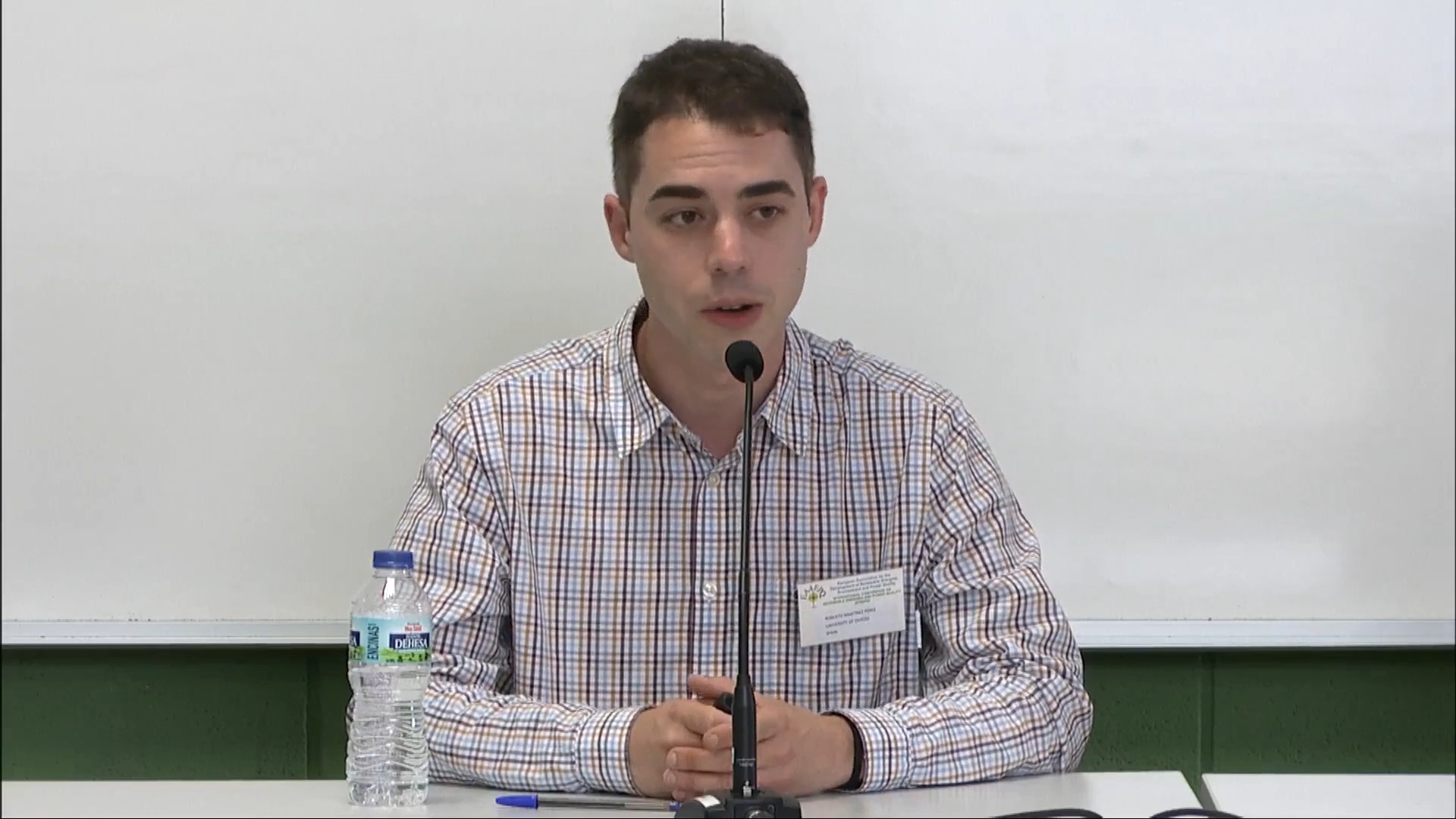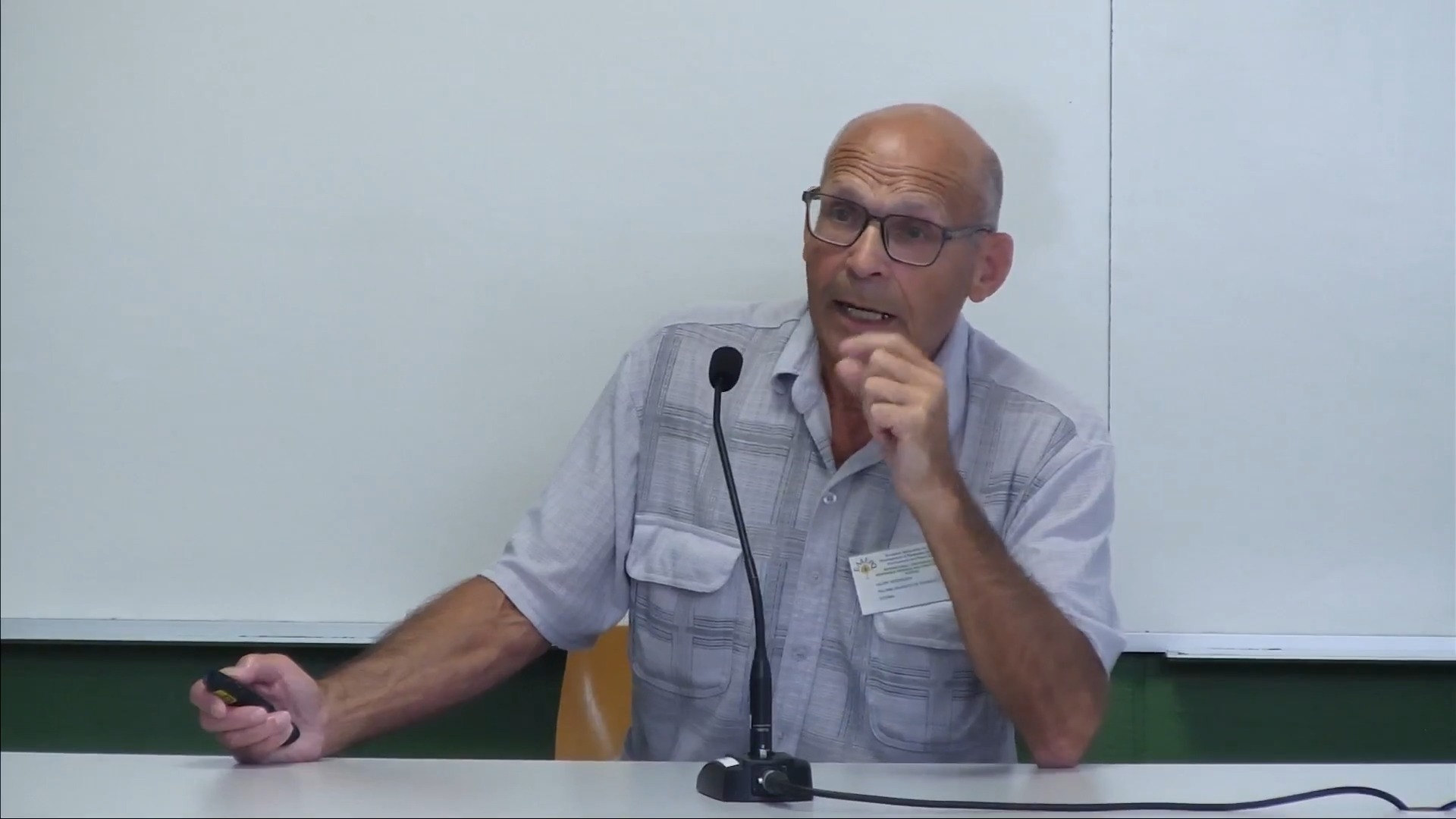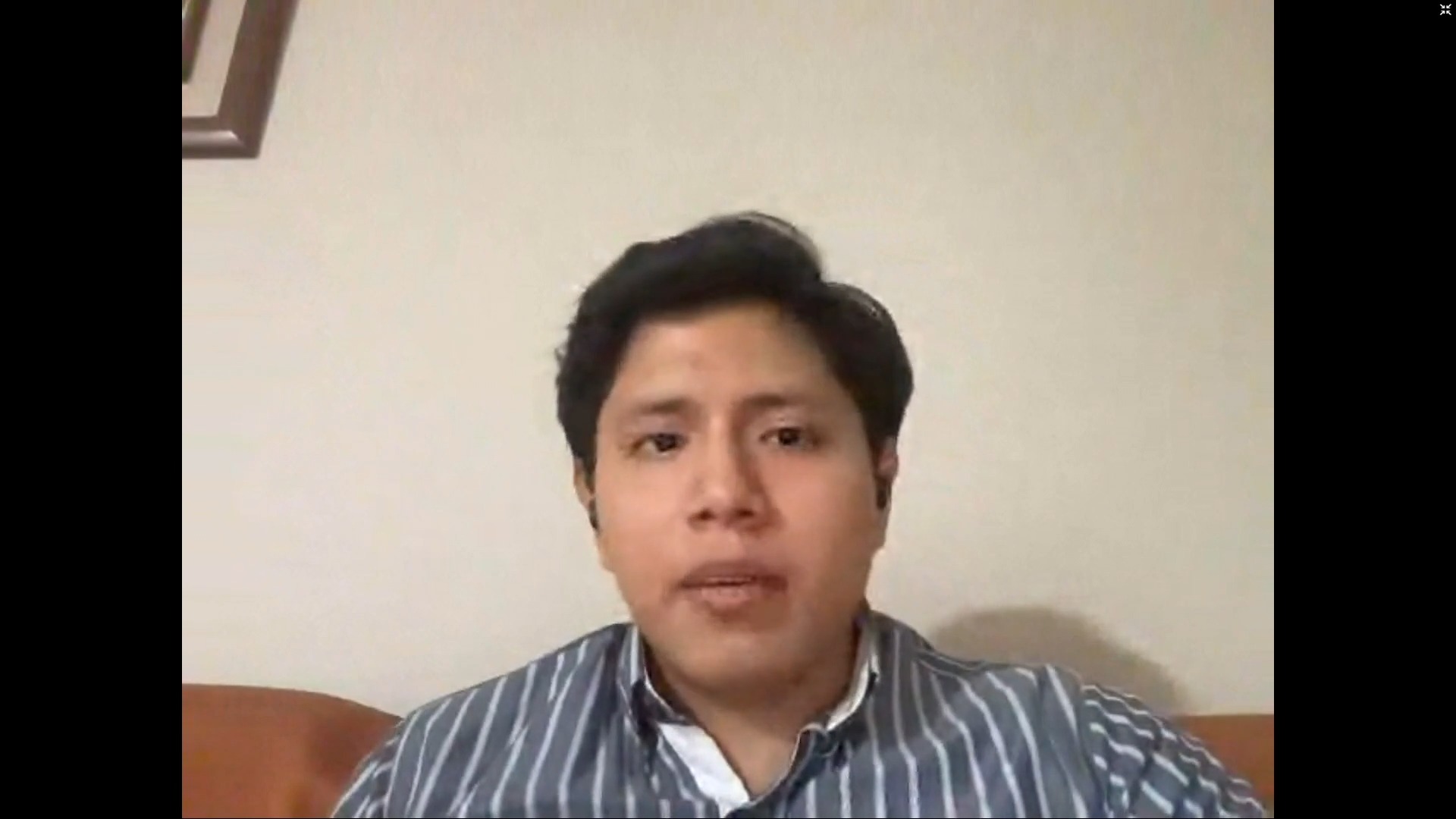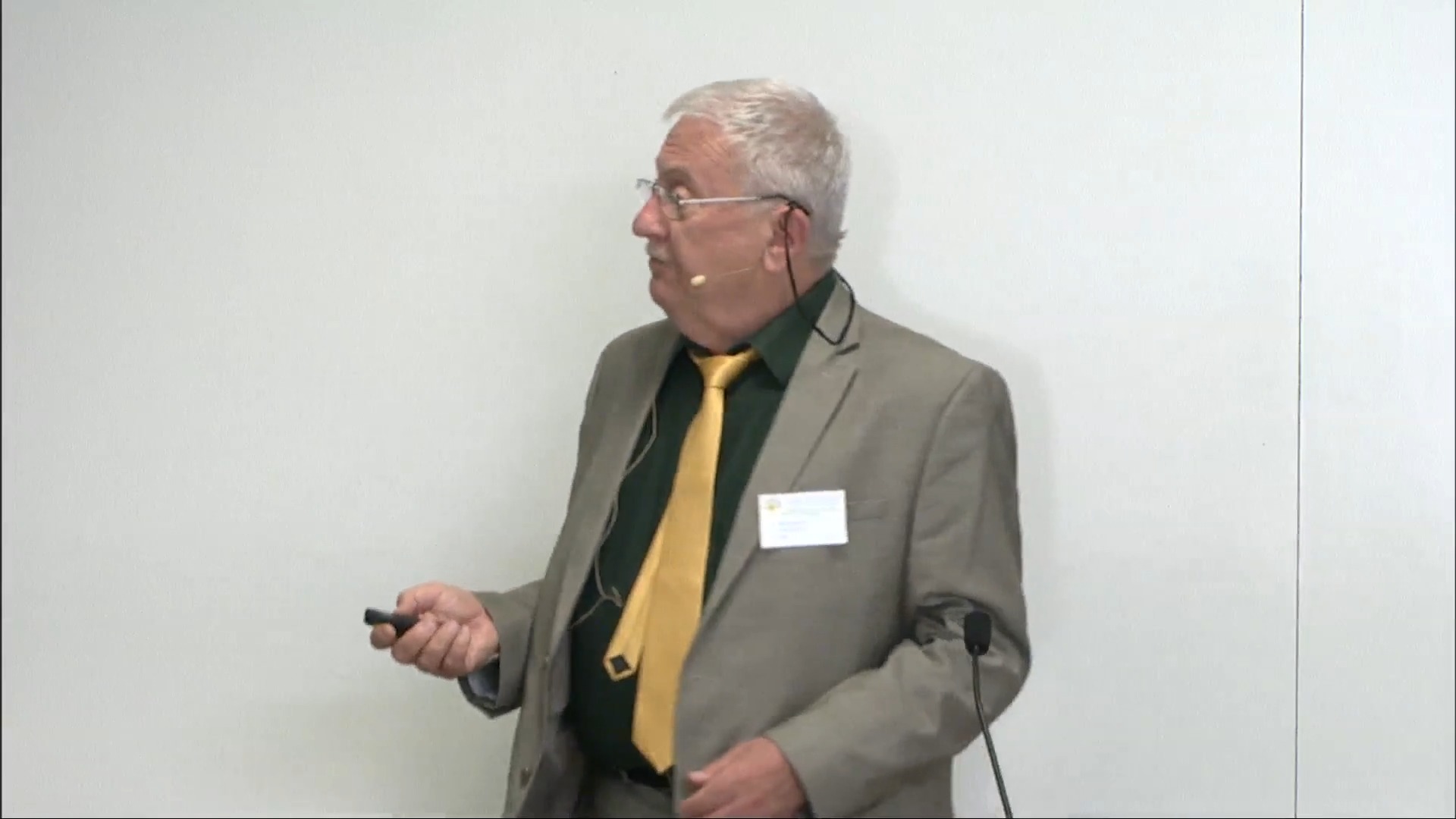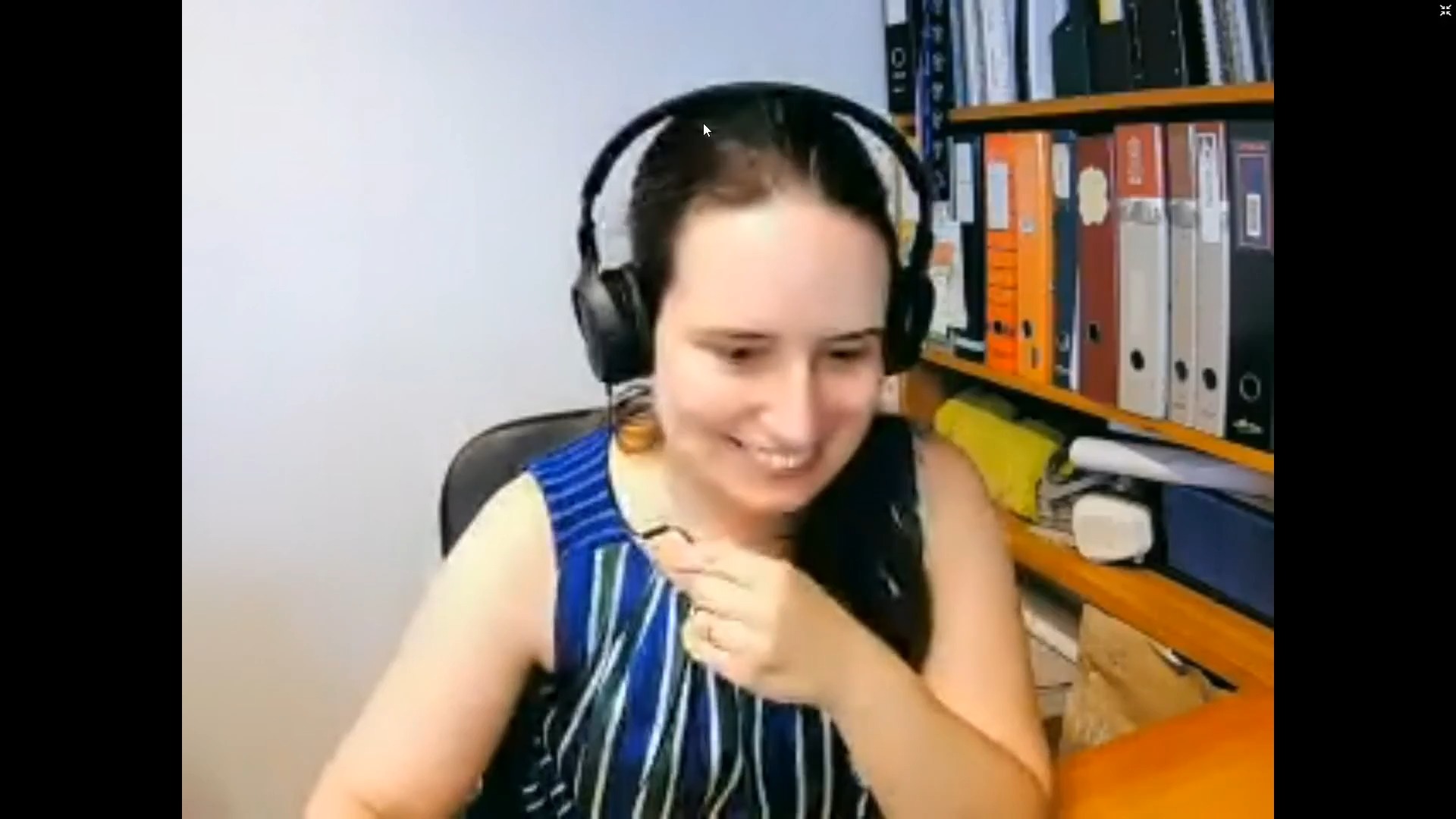A new approach to estimate technical losses in distributing utilities in the presence of distributing generation in its concession area 29 de xul. de 2022
A new approach to estimate technical losses in distributing utilities in the presence of distributing generation in its concession area
The Distributing Utilities in Brazil have target percentages for their technical and non-technical
losses. Such percentages are set by the Brazilian Electrical Energy Regulator (ANEEL for short)
accord with the mean observed in a given reference year. Through this strategy, the ANEEL
press the distribution utilities to increase their efficiency whose are pushed to renew their assets
with new technologies. These technical losses percentages limits are reviewed every four years
by ANEEL.These percentages can be passed through to the consumers energy tariff according
to the regulations stablished by ANEEL. So, these percentages are kept frozen and are
reviewed by the Regulator every four years when the Distributing Utilities have a revision of
their concession area. And this is the main problem, by frozen these percentages for 4 years,
some utilities that have in their concession areas renewable generation plants (particularly wind
power, solar, biomass and small hydroelectric plants) may have their technical losses varying
from year to year, depending on the inputs that feed these plants (wind speed, solar radiation,
sugar cane bagasse and river inflows). To perform the computation of a more realistic technical
losses percentage target, the historical hourly power generation dataset is used to compute a
stochastic process behind this realization. After that, hundreds of synthetic scenarios of power
generation are created. Finally, it is possible to compute a lot of optimal power flows considering
high, medium and low voltage on an hourly basis. From these computations, it is possible to get
statistically technical loss targets more suitable to a distribution system with a high-level
renewable source penetration. In this talk we show the results of an R&D project where it was
developed a new approach to estimate these technical losses considering the stochastic
variation of the inputs that feed these distributed generation plants. In this new method the
technical losses are estimated yearly considering what was the real generation of these
distributing generation plants in each year allowing the correction of the distortion of frozen
percentages on a yearly basis. The success of the results obtained is now being considered by
the regulator to be included in the official technical losses estimation approach for the
distributing utilities that have such kind of distributed generation in their concession areas. A
very friendly computer tool, written in Python, was developed to implement the findings of the
project.









